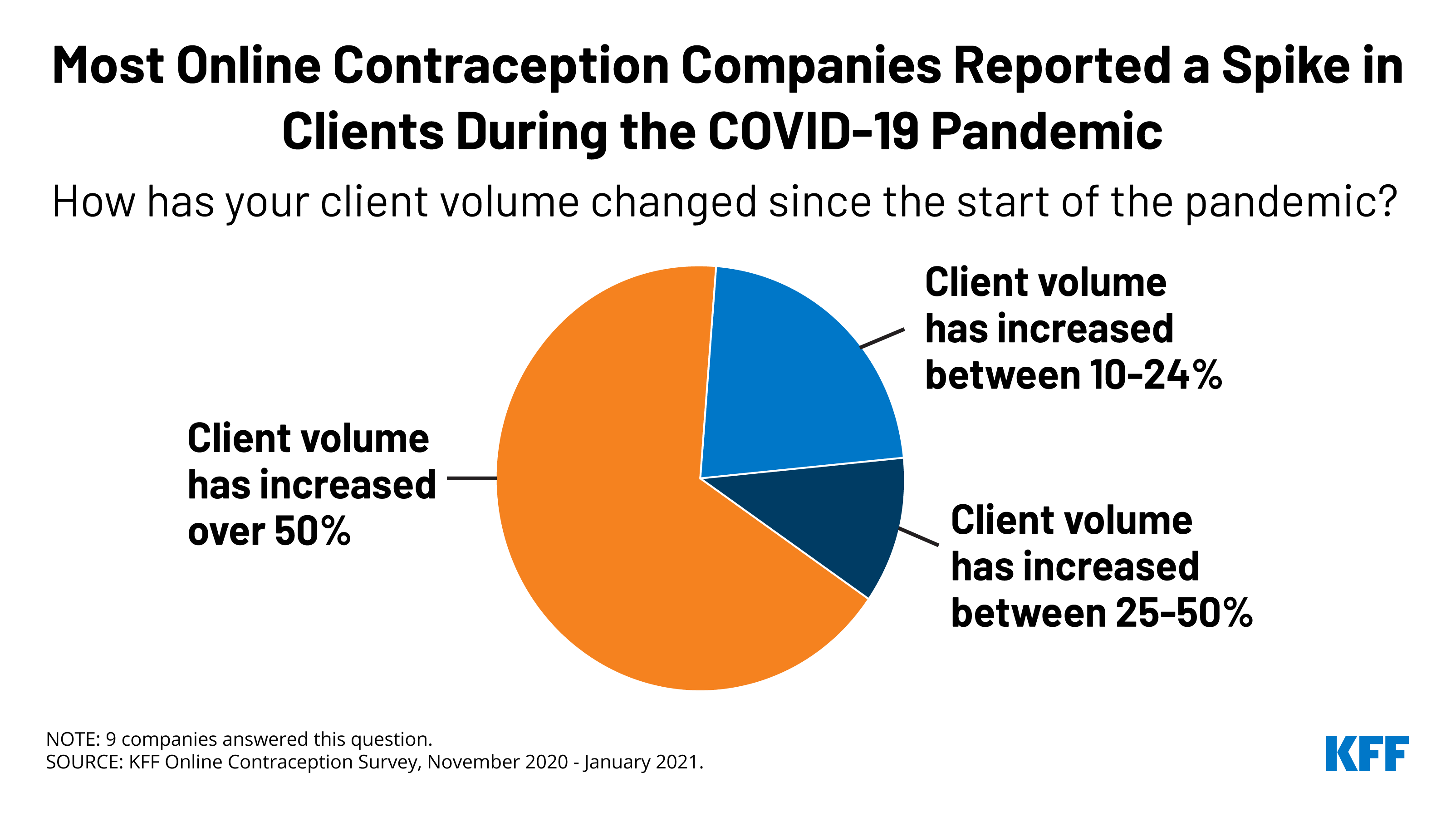Effectiveness of online contraception platforms
“Over the past several years, a growing number of companies have been providing contraception through online platforms, but there has been very little research on these businesses,” said principal investigator Brittni Frederiksen, MPH, PhD, a senior policy analyst at KFF in San Francisco.
Telecontraception platforms generally screen adequately for contraindications to contraception and all online platforms offer oral contraceptives, while many also offer the contraceptive patch and contraceptive ring, according to the results of a study on the website of the Kaiser Family Foundation (KFF).
“Over the past several years, a growing number of companies have been providing contraception through online platforms, but there has been very little research on these businesses,” said principal investigator Brittni Frederiksen, MPH, PhD, a senior policy analyst at KFF in San Francisco. “When the COVID-19 pandemic started, we began tracking telecontraception companies because they were an option for people to access contraception when they could not visit a clinic in person.”
Brittni Frederiksen, MPH, PhD

The study was conducted to better understand the policies and practices of telecontraception companies. A total of 10 companies participated in an online survey from November 2020 to January 2021.
“The pandemic has been an opportune time for growth in telecontraception,” Frederiksen told Contemporary OB/GYN®. “All of the companies we surveyed said their client volume increased during the pandemic, with the majority saying they had seen a client volume increase of over 50% in late 2020.”
The researchers also found that the majority of businesses accept some form of insurance, but only 2 said the majority of their clients use insurance to pay. “Three of these 8 companies said most of their clients use cash to pay, and 3 companies said half their clients use insurance and half their clients use cash,” Frederiksen said.
Frederiksen found it surprising that even when people have access to no-cost contraceptive services and supplies through their insurance, “they are still willing to pay out-of-pocket for the convenience of receiving their contraceptive care through telecontraception platforms, rather than going to an in-network provider.”

Online contraception platforms have created a new avenue for some women to access contraceptives easily and quickly, without having to visit a doctor’s office or leave their homes, according to Frederiksen. “But people could end up paying out-of-pocket for their contraceptives or the telecontraception consultation, when they could go to a clinic and receive no-cost contraceptive services with insurance,” she said.
Nonetheless, consumers might be willing to pay out-of-pocket for the ease of a quick consultation and having their contraception delivered directly to their home, without having to step foot in a clinic or schedule a telehealth appointment.
“Publicly funded clinics in the Title X program, as well as federally qualified health centers, offer no-cost and low-cost contraceptives for many uninsured and low-income people, but telecontraception may also be an affordable option for some uninsured individuals if they are unable to visit one of these clinics,” Frederiksen said.
Accepting both Medicaid and private insurance would decrease out-of-pocket costs for those using telecontraception services and could potentially increase their use and affordability for peopling seeking certain methods of contraception. “However, many of these companies reported that they have tried to work with Medicaid and private insurance companies, but experienced barriers,” Frederiksen said.
Despite the growing popularity of online contraception platforms, “brick-and-mortar clinics and certain providers will remain important for people with both private and public coverage to access the full range of contraceptive methods without cost-sharing, like long-acting reversible contraceptive (LARC) methods and for connecting individuals to other primary care services,” Frederiksen said.
Future studies should evaluate the impact of online contraception platforms on access to care and which populations are using these services, according to Frederiksen. “Another area of future research is assessing the quality of care provided by telecontraception providers and whether people can receive referrals to a clinic for their preferred contraceptive method, if it is not available through the telecontraception company, such as LARC methods,” she said.
__
Disclosure
Frederiksen reports no relevant financial disclosures.
Reference
Frederiksen B, Gomez I, Salganicoff A. Contraception 2.0: findings of a national study of online contraception platforms. Article appears on the Kaiser Family Foundation (KFF) website. Published online May 18, 2021. https://www.kff.org/womens-health-policy/issue-brief/contraception-2-0-findings-of-a-national-study-of-online-contraception-platforms/
Recap on reproductive rights with David Hackney, MD, MS
December 20th 2022In this episode of Pap Talk, we spoke with David Hackney, MD, MS, maternal-fetal medicine physician at Case Western Reserve University and chair of ACOG's Ohio chapter for a full recap of where restrictions on reproductive rights have been and where they're going.
Listen
In this episode of Pap Talk, Gloria Bachmann, MD, MSc, breaks down what it means to be a health care provider for incarcerated individuals, and explores the specific challenges women and their providers face during and after incarceration. Joined by sexual health expert Michael Krychman, MD, Bachmann also discusses trauma-informed care and how providers can get informed.
Listen
